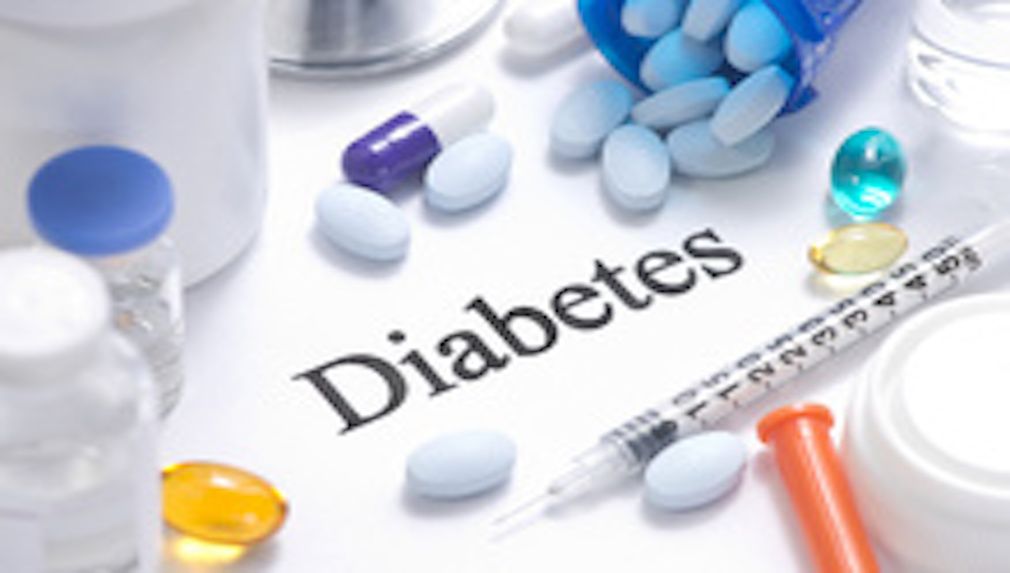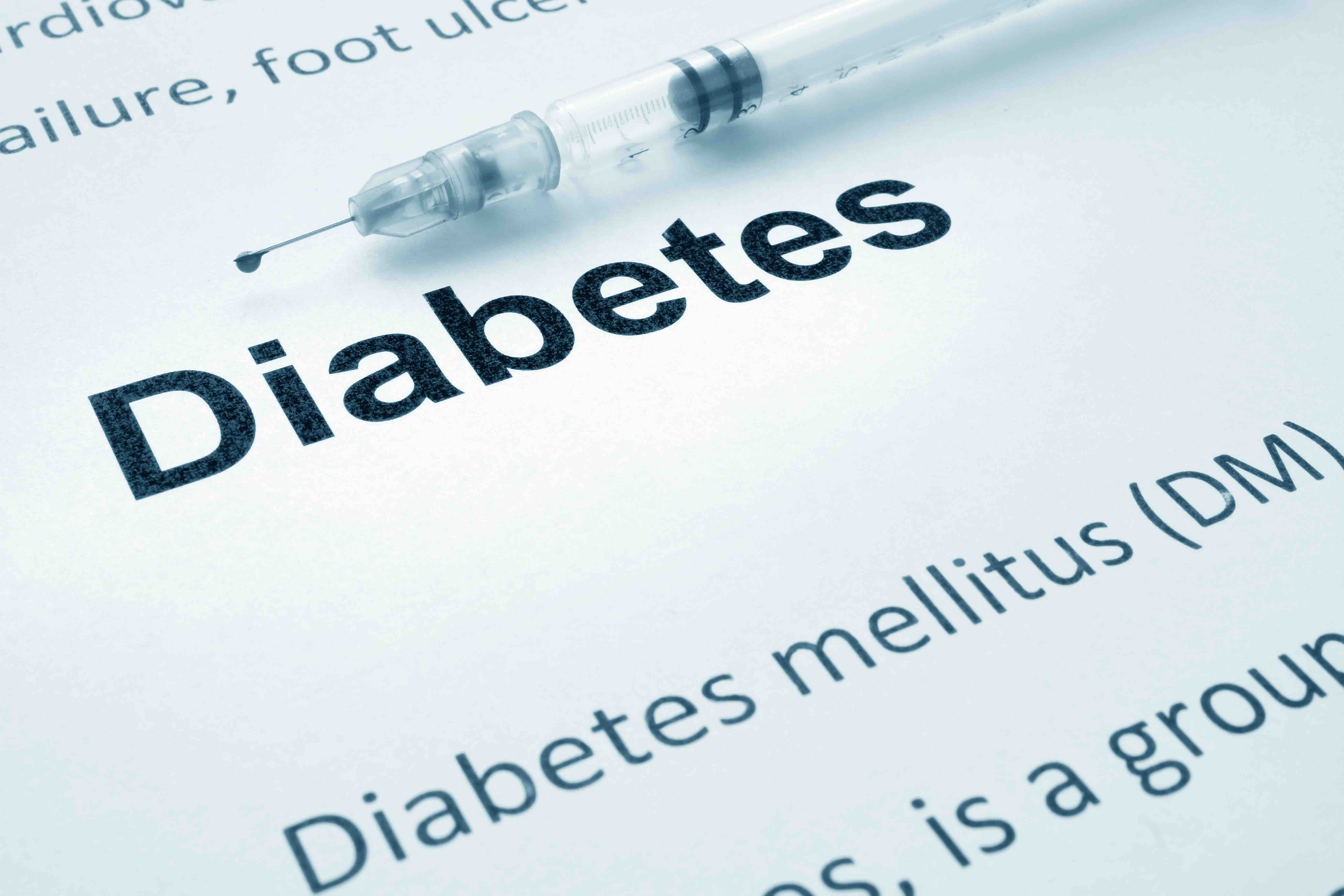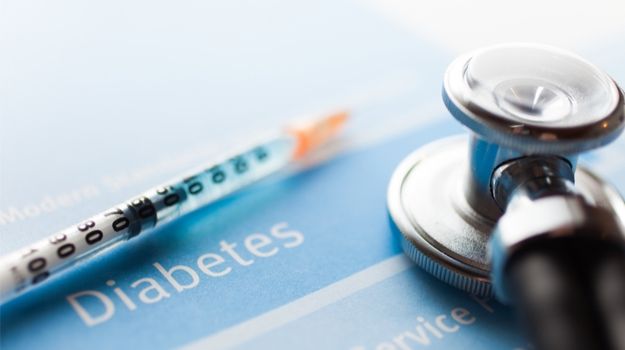Article
PSA Campaign, Online Test Target Adults With Prediabetes
Author(s):
The program seeks to reach an estimated 86 million Americans who have prediabetes, almost all whom don't know they have it.
An online test that takes seconds and a public service announcement (PSA) prepared for free by a leading ad agency are centerpieces of a campaign to find adults who have prediabetes, according to the groups that unveiled the effort Thursday.
The CDC, the American Diabetes Association (ADA), and the American Medical Association (AMA) launched the Type 2 Diabetes Prevention campaign with a national PSA developed by Ogilvy and Mather New York, as well as an online screening tool that asks basic questions such as age, height, weight, and family history of diabetes. People can take the test at www.doihaveprediabetes.org.
The campaign, which will feature messages in English and Spanish, will carry the message that no one is exempt from prediabetes. The 3 groups have been working since last spring to get more American adults screened for prediabetes, with the goal of intervening early to prevent adults from progressing to full-blown disease.
According to the ADA, an estimated 86 million adults in the United States have prediabetes, but 90% do not realize they have it. CDC reports 29 million adults have diabetes, with the vast majority of them classified as type 2. Once people have diabetes, they are at risk for complications that can include blindness, kidney failure and even loss of limbs if the disease is left untreated.
Prediabetes can be reversed if patients follow proper regimens of diet and exercise, and studies show that once people are aware of their status, they are much more likely to make lifestyle changes. The AMA’s involvement in the initiative speaks to this point, because a doctor’s warning increases the likelihood that patients will at least attempt to make changes.
“We need to communicate a sense of urgency—that it’s time to take action,” said Ann Albright, PhD, RD, director of CDC’s Division of Diabetes Translation. Albright is an advocate for persons with prediabetes taking part in the National Diabetes Prevention Program, which has been shown in clinical trials to reduce the chances of developing type 2 diabetes by 58%.
The CDC, AMA, and the ADA launched their joint effort to raise awareness about prediabetes nearly a year ago with the Prevent Diabetes STAT initiative, which Albright explained in a commentary in Evidence-Based Diabetes Management.
Prevent Diabetes STAT, which stands for Screen, Test, Act, Today, sought to involve outside groups such as insurers, employers, and other groups to spread the word that lifestyle change had to happen to stop the rise of diabetes incidence. The cost of diabetes, both in healthcare and economic losses, was $245 billion in 2012. “Our healthcare system simply cannot sustain the continued increases in the number of people developing diabetes,” Albright said at the time.
Albright’s cause faces challenges, however. While some insurers will pay for the program, hurdles remain for the patients who need it the most. For example, patients below the poverty line are at far greater risk of developing diabetes, yet in New Jersey, Governor Chris Christie let a bill to require Medicaid coverage for the NDPP die on his desk at the end of the legislative session. The bill had overwhelming support in both houses of the legislature.





